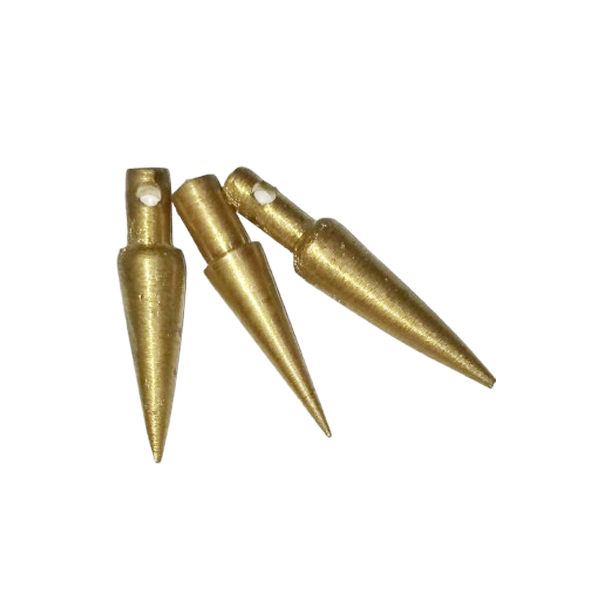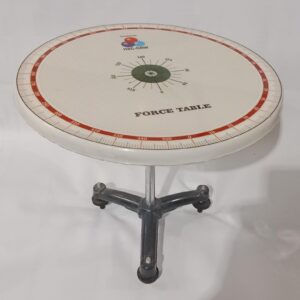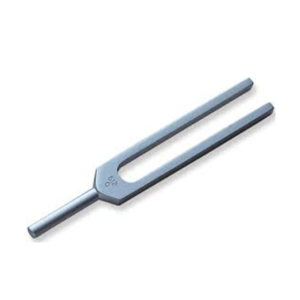Description
Understanding the Plumb Line: A Simple Yet Effective Tool for Vertical Alignment
A plumb line is one of the oldest and most straightforward tools used in construction, surveying, and engineering to measure and maintain vertical alignment. Although it appears simple, this tool offers unmatched accuracy and has been employed for centuries. By understanding the plumb line’s components, how it works, and its applications, individuals can appreciate its value in ensuring precision in various tasks.
What is a Plumb Line?
A plumb line consists of a weight, usually a small metal object, that is suspended from a string or cord. This cord is often made of durable materials, such as nylon or cotton, to ensure that it does not stretch under pressure. The weight at the bottom of the string helps to maintain the line’s vertical orientation. This simplicity allows the to function effectively for measuring vertical angles and ensuring alignment.
The concept behind the is that gravity will pull the weight downward, which in turn keeps the string taut and perfectly aligned with the force of gravity. This simple yet effective principle makes the an essential tool for anyone needing to verify verticality.
How Does a Plumb Line Work?
When the weight is suspended freely, it settles in a perfectly vertical position due to the influence of gravity. The cord acts as a guide, providing a straight reference line that is perfectly aligned with the earth’s gravitational pull. The , therefore, offers a reliable and consistent method of checking vertical alignment, whether it is for walls, foundations, or other construction elements.
In many cases, the is used to mark or measure the exact position of a vertical structure. For example, when building a wall, a can be used to verify that the wall is perfectly upright. It is also essential for checking that elements like doors and windows are positioned correctly.
Applications of the Plumb Line
The versatility of the plumb line means that it is utilized in various industries. Below are some of the most common applications of this tool:
- Construction: The plumb line is extensively used in construction to ensure that structures are built straight. It helps check the vertical alignment of walls, columns, and other upright structures, ensuring they meet precise measurements. Without it, it would be difficult to ascertain if a building component is truly vertical.
- Surveying: In surveying, a plumb line is used to check the alignment of various structures in relation to the earth’s surface. It assists in marking specific points that need to be in vertical alignment for accurate measurements and mapping.
- Engineering: Engineers use of range of fields, particularly when determining the vertical alignment of machines, equipment, and various structural components. This tool ensures that all parts of a construction or engineering project are properly positioned.
- Art and Design: are also used in certain aspects of art and design. They are used to create straight lines for drawing, measuring symmetry, and checking the alignment of sculptures or other vertical installations.
The Advantages of Using a Plumb Line
There are several advantages to using a plumb line, particularly in environments where precise vertical measurements are required. The main benefits include:
- Simplicity and Cost-effectiveness: The is incredibly easy to use, and its cost is minimal compared to other alignment tools. This makes it an accessible option for anyone looking to achieve accurate vertical measurements.
- Portability: Due to its simple design, the can be easily carried and used in various locations. Its lightweight and portable nature make it ideal for professionals who need a quick and reliable method of checking alignment.
- Accuracy: When used correctly, a provides highly accurate results. The weight at the end of the cord ensures that the string remains aligned with gravity, providing a reliable vertical reference.
- Durability: With proper care, a can last for years. The string and weight are typically made from durable materials that can withstand the wear and tear of everyday use.
Plumb Line vs. Other Alignment Tools
While other tools, such as laser levels or spirit levels, are also used to check vertical alignment, the plumb line has distinct advantages. Unlike a laser level, which requires power, the plumb line is completely mechanical and doesn’t require batteries or electricity. It is also less expensive and, in many cases, just as accurate as more modern tools.
However, unlike some other devices, the plumb line does not provide a continuous reading or measurement. It only gives a vertical reference at a single point, which may limit its application in certain contexts. Nevertheless, for many tasks, the remains an irreplaceable tool for ensuring vertical alignment.
How to Use a Plumb Line
Using a is straightforward, but it is essential to follow a few basic steps to ensure that it provides accurate results:
- Prepare the Line: First, make sure that the string or cord is free of knots and is securely tied to the weight at the bottom.
- Position the Plumb Line: Hold or secure the top of the string where it needs to be checked for alignment. The string should hang freely, and the weight should be allowed to settle into its natural position.
- Check Verticality: Once the plumb line is hanging freely, observe the position of the string. If the string is aligned directly with the center of the weight and remains straight, the alignment is accurate. If the string sways or deviates from its vertical position, adjustments may be necessary.
- Mark the Line: For precise measurements, the position of the plumb line can be marked on the surface. This allows for future reference and ensures that vertical alignment is maintained during construction or design processes.
Conclusion
In conclusion, the remains a vital and reliable tool for achieving vertical alignment in various industries. Its simplicity, portability, and accuracy make it a go-to option for construction workers, surveyors, and engineers who require precise measurements. Whether you are constructing a building or simply need to verify the alignment of a single element, the plumb line is an effective and efficient tool that provides consistent results.
By incorporating the into your workflow, you can ensure that every vertical structure is properly aligned and meets the highest standards of accuracy. So, next time you need to check a vertical surface, consider the power of the plumb line—a tool that has stood the test of time for good reason.






Reviews
There are no reviews yet.